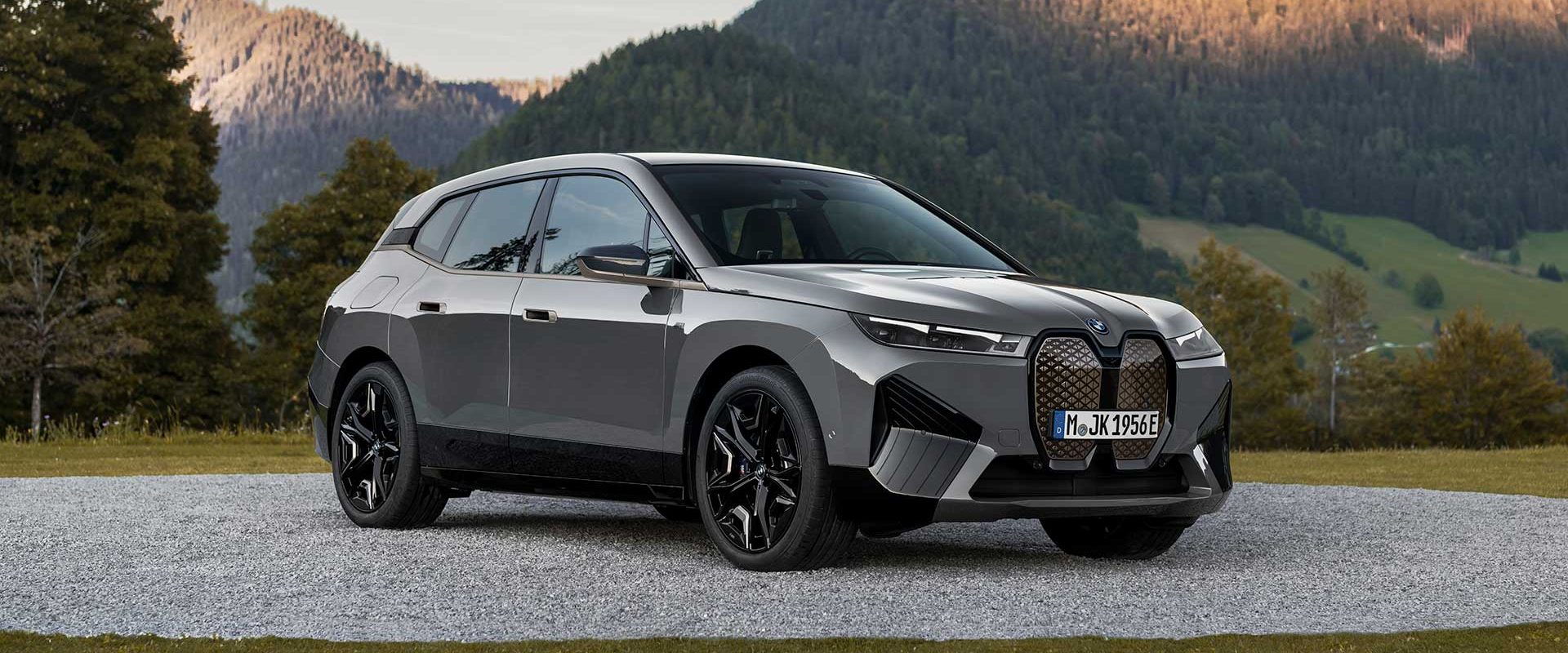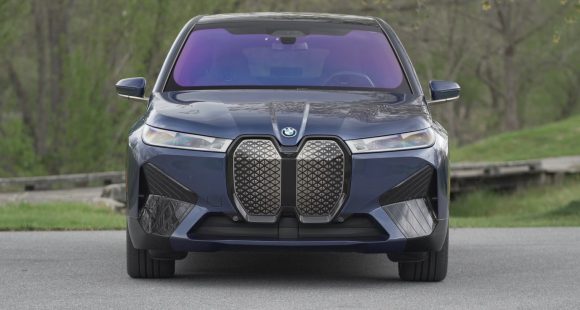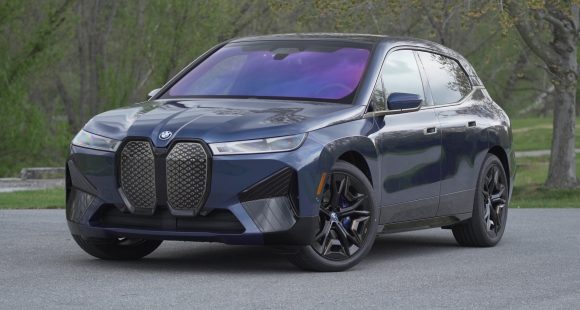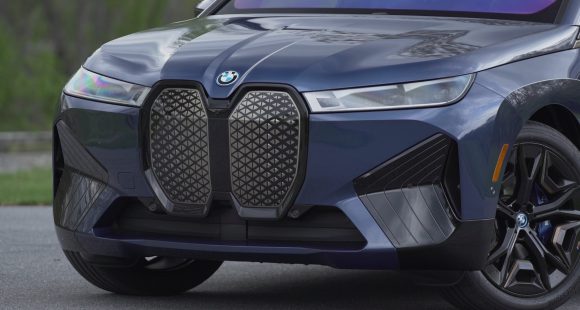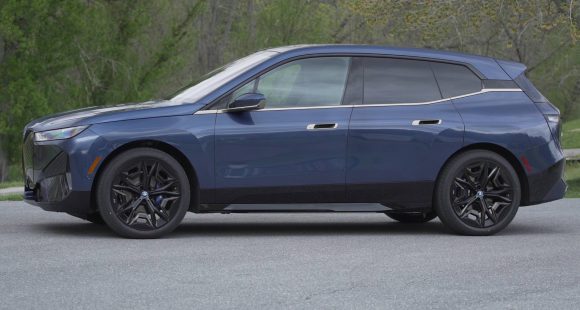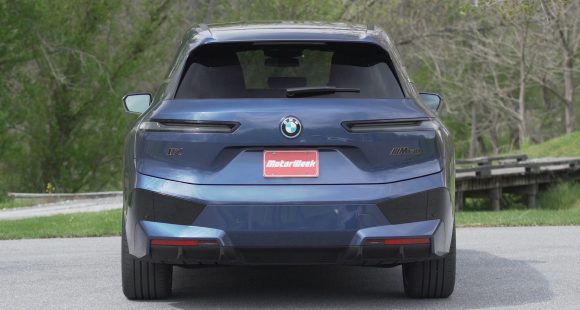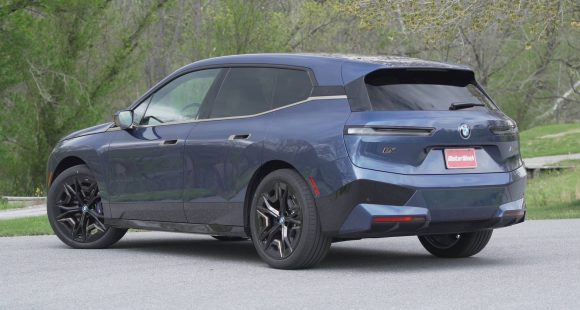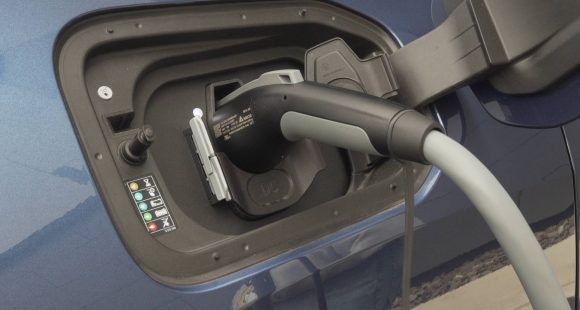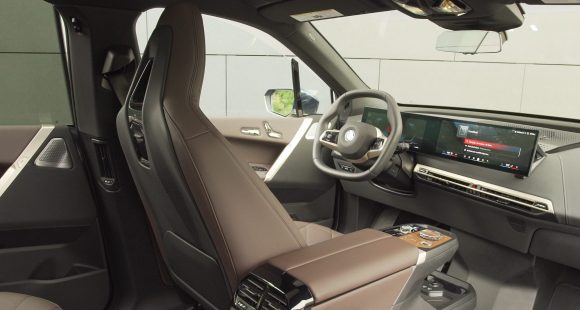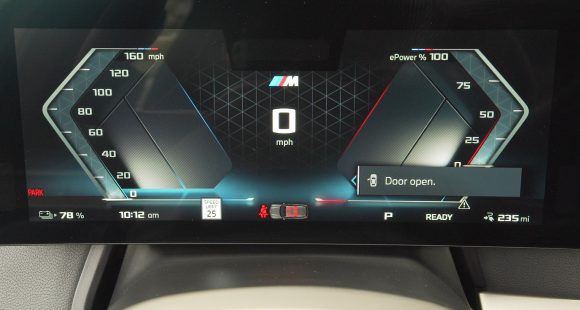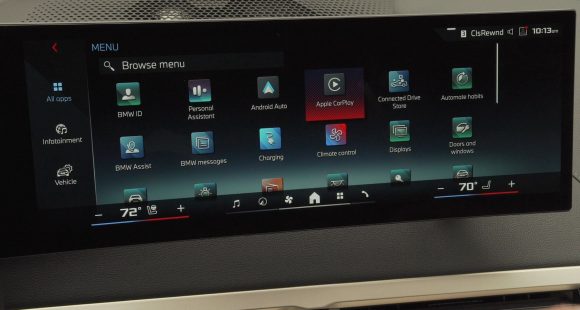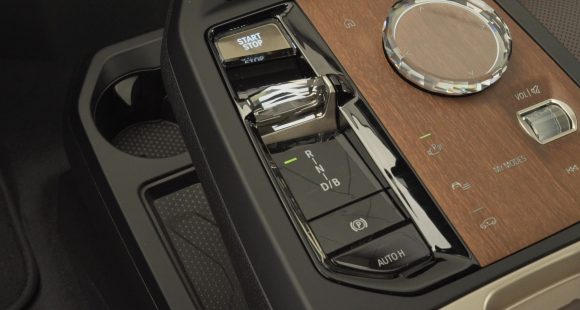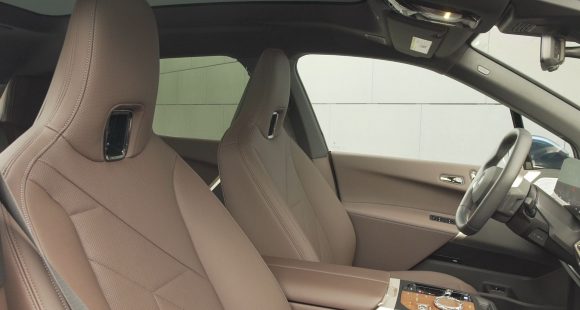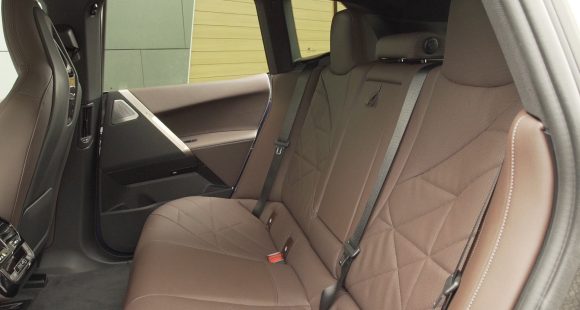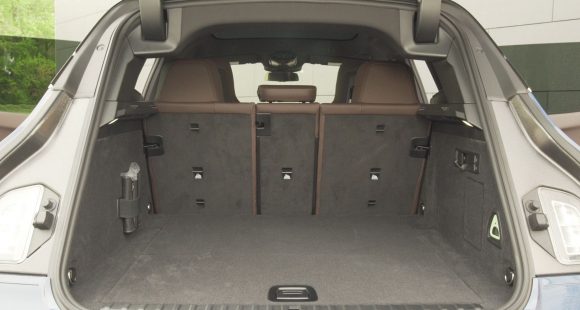2015 Chevrolet Trax
Chevrolet is well known for its full-size SUVs like this Tahoe. But, it’s really small utes that are fast becoming today’s big deal. The Nissan Juke, MINI Countryman, and Buick Encore are already out, with more coming like the Honda HR-V, Jeep Renegade, and our focus this week, the Chevrolet Trax. Now, Chevy is no stranger to tiny utes. But, their last one, the Tracker built with Suzuki, was less than the best. So let’s see the new Trax is on the right track.
Utility vehicles are coming in ever more shapes and sizes these days, so love them or hate them; they’re not going away anytime soon. This 2015 Chevrolet Trax plays into a segment that is ripe for explosive growth: sub-compact crossovers.
While most efforts so far have been luxury minded, like the Mini Cooper Countryman, and Buick Encore, with which this Trax shares a platform, more mainstream brands are now joining the downsizing. And it’s about time, as we think the Encore’s size would work for Chevy from the get go.
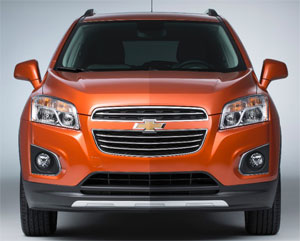 And actually it has been, as the South Korean made Trax is already sold in over 60 global markets. It’s just new to Chevy dealers here.
And actually it has been, as the South Korean made Trax is already sold in over 60 global markets. It’s just new to Chevy dealers here.
Mechanically, the Trax is nearly a clone of the Encore, including front-wheel-drive being standard with all-wheel-drive optional. Power comes from the same “little engine that almost can”. Lifted from the Chevy Sonic subcompact, it’s a 1.4-liter I4 turbo with 138-horsepower and 148 lb-ft. of torque, attached to a 6-speed automatic transmission. Also from Sonic is the MacPherson strut front suspension, and compound crank torsion beam under the rear.
On both city streets and the sweeping canyons east of San Diego, where we got our first drive, the suspension tuning proved fully competent; similar to Encore; not sporty, not soft, but a good middle ground. Ride quality is pretty good for a short wheelbase vehicle, until the roads get really choppy.
The all-wheel-drive system is a fully automatic on-demand system. Sending power rearward when slip is detected, which does include on tight turns. Curb weight is as much as 3,300 pounds with all-wheel-drive.
On the technology front, the Trax is fully up to speed with a 7-inch MyLink display in the center stack, Siri Eyes Free connectivity, standard keyless entry; and optional remote start. Like all newest GM’s, OnStar 4G LTE with built-in WiFi is standard, as is a back-up camera; though navigation, by way of the BringGo app is optional.
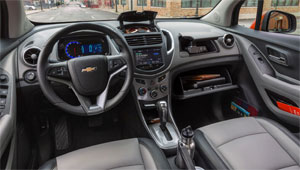 The instrument panel is more Sonic than Encore with a large, round, motorcycle style tachometer on the left, and a rectangular digital display right for speed and more. The 3-spoke steering wheel has nicely integrated controls; and the overall fit-and-finish of the interior seems perfectly fine for a Chevy price point.
The instrument panel is more Sonic than Encore with a large, round, motorcycle style tachometer on the left, and a rectangular digital display right for speed and more. The 3-spoke steering wheel has nicely integrated controls; and the overall fit-and-finish of the interior seems perfectly fine for a Chevy price point.
A full complement of 3 in the back seat would be uncomfortable for all parties involved, but both leg and knee room were adequate for 2 adults; reliefs cut into the front seatbacks help a lot. Up front, there’s a good amount of room as well, but seats are narrow and you still sit very upright.
As for cargo, rear seatbacks fold 60/40, and the front passenger seat folds flat as well, for longer items. At 18.7 cubic-ft., rear cargo space is larger than both the Nissan Juke and Jeep Renegade, 48.4 cubic-ft. with the seat backs folded.
And there’s a wealth of small item storage bins throughout the interior. 10-airbags are standard, including rear seat-mounted thorax bags.
On the outside, all of the current Chevrolet design cues are here; dual-port grille, smooth body sides with rounded fenders, and a gently sloping rear with well integrated spoiler that extends down the sides of the back glass, and stacked tail lamps.
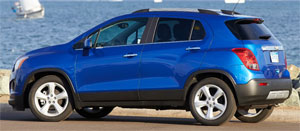 It’s a smooth design with plenty of curves, a fairly aggressive stance, and enough glass for fine visibility. Body lowers are covered in plastic; and simulated skid plate’s front and rear hint at capabilities that are probably best left untested.
It’s a smooth design with plenty of curves, a fairly aggressive stance, and enough glass for fine visibility. Body lowers are covered in plastic; and simulated skid plate’s front and rear hint at capabilities that are probably best left untested.
16-inch wheels are standard, with the top trim model getting 18’s. Wheelbase of just 100.6-inches, and a front track of 60.6 inches makes for a tidy package. Overall length comes in at 168.5-inches; ground clearance is a good 6.2-inches.
Government Fuel Economy Ratings for a front-wheel-drive Trax are 26-City, 34-Highway, and 29-Combined. Sending power to all 4 wheels will lower those numbers to 24-city, 31-Highway, and 27-Combined. That’s still good for an above average Energy Impact Score of 11.4-barrels of annual oil use with CO2 emissions of 5.1-tons.
Pricing follows an affordable Chevrolet formula starting at $20,995. All-wheel-drive adds $1,500 more, which makes it the least expensive all-wheel-drive Chevrolet you can buy. A base Encore stickers for 4-grand more.
So for 2015, GM morphs the Buick Encore into the Chevrolet Trax, and fortunately all of the competency is left fully intact. The Encore was a much bigger hit than expected, so this one will certainly have higher expectations. But, we think the Trax is off on the right track to fully meet them.
Specifications
- Engine: 1.4 liter
- Horsepower: 138
- Torque: 148 lb-ft.
- EPA: 26 mpg city/ 34 mpg highway
- Energy Impact: 11.4 barrels of oil/yr
- CO2 Emissions: 5.1 tons/yr
2024 BMW iX M60
Still Quirky, But A Whole Lot Faster!
While many BMW EVs are virtually identical to their ICE counterparts, when it comes to their iX utility vehicle, well, that’s its own unique animal, especially when it comes to this 610-horsepower M60. And now we get a chance to see if we can tame it.
High-performance SUVs are nothing new to BMW, so when their all-electric iX utility debuted for 2022, it didn’t take long for them to inject a little M performance into it. And while we did get some early seat time in the iX M60, this 2024 version is the first time we’ve been able to give it a complete test.
A refresher on the details, the M60 uses a dual motor arrangement; the front motor putting out 255 horsepower, the rear motor almost twice as much. Combined, they whip up 610 horsepower and 811 lb-ft of torque, which we couldn’t wait to exploit at our test track.
xBMW’s electric motors are built in-house, and are unique from most as they use electric pulses to trigger the rotors instead of magnets. This comes into play most obviously in the rear motor where its immediate power delivery somehow seems even more immediate than most. Absolutely zero drop-off in power throughout the quarter-mile, with our best time an 11.7 at 119 mph.
While handling is BMW’s forte regardless of powertrain or vehicle segment, we could feel a little more weight transfer here in the M60, compared to the xDrive50. That’s despite the four-corner air suspension with automatic level control getting some M-spec tuning.
We really had to keep inputs smooth to avoid a full shutdown from the stability system; there was also noticeable lag time between when we initiated turn-ins and when those commands were actually carried out. All of this made more difficult by the iX’s goofy-shaped steering wheel and front seats that feel more like a recliners than sport seats. Brakes felt mostly the same as in the xDrive50: Very little nose dive, good feedback, and consistent drama-free stops from 60 in just 102 feet.
On the street, it feels incredibly fast, bordering on outrageously quick.
So, while it’s still a bit of a mixed bag when it comes to driving on the track, on the street, it feels incredibly fast, bordering on outrageously quick. Meaning you better be prepared for the fury that’s about to be unleashed if you go full in on the accelerator.
And even with all of the performance, and using the same 111.5-kWh battery, the M60 still delivers great range of 296 miles, just 11 fewer than xDrive50. Max charging rate of 250 kW will get you to 80% in 35 minutes.
Whether it’s that steering wheel, the minimal dash with the sweeping digital cockpit display, the center console’s wood and glass controls, heating elements in the armrests, gesture control, or the Panoramic Sky Lounge LED sunroof that frosts over at the touch of a button, it’s all kind of a “far out” experience in the cabin. But also, a very roomy one with almost an open floor plan up front, and lots of space and features for rear seat passengers. Capacity in the cargo area is 35.5 cubic-feet; folding seatbacks can expand the space to 77.9 cubic-feet.
Similar in size to the X5, the iX is built on a unique spaceframe architecture made up of a combination of carbon-fiber, high-strength steel and aluminum, an evolution of what they started back in 2014 with the i3, their first EV. Unique elements for the M60 include blue brake calipers, adaptive LED laserlight headlights, and 21-inch wheels which can be upgraded to these 22-inch M two-tone alloys. It’s not the most beautiful BMW we’ve seen lately, but it sure is unique, and everyone will know it’s not your typical BMW.
Using 42 kWh of energy per 100 miles, the M60 earns a fair efficiency rating. Considering base pricing for the xDrive50 starts at $88,095, the step up to the M60 is a significant one at $112,495.
Admittedly, we weren’t completely enamored with the original iX; great EV, it was just a little too much off-brand for us. It still has its quirks; but after injecting a whole lot more BMW into this 2024 BMW iX M60, now that seems much more like it!
Specifications
As Tested
- Motor Setup: Dual Motor
- Battery Size: 111.5-kWh
- Horsepower: 610
- Torque: 811 lb-ft.
- EV Range: up to 296 miles
- 0-60 mph: 3.5 seconds
- 1/4 Mile: 11.7 seconds at 119 mph
- Braking, 60-0 (avg): 102 feet
- Max Charging Rate: 250-kW
- Efficiency: 42-kWh / 100 miles







